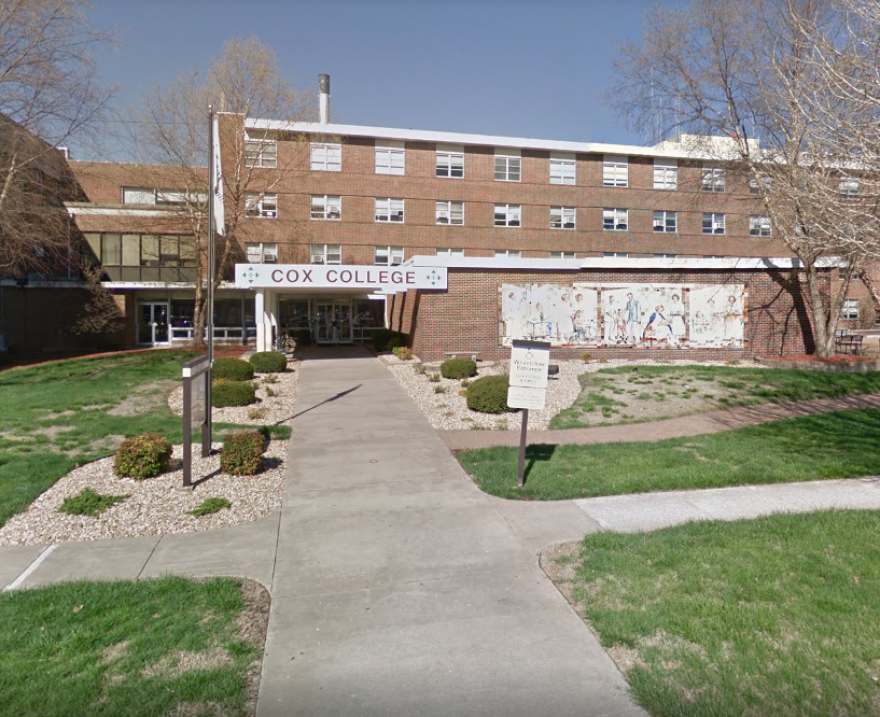Cox College says it wants to raise $6.6 million to update its facilities and expand training services at its north Springfield location.
The organization announced Friday that the renovations could eventually allow for another 25-50 nursing students each year.
According to a news release, the Cox Foundation launched the capital campaign a month ago and has already received $1.4 million from several lead donors.
“For 110 years, training within the walls of Cox College has transformed students into medical professionals. Now, in preparation for the greatest need healthcare has seen in recent history, those walls are getting some attention,” a statement read.
Dr. Robert Lunn, interim president of Cox College, said as more seniors enter retirement the demand for health care workers will increase.
“We’re very excited about the changes and improvements coming to Cox College because we believe they will allow us to prepare increased numbers of health care workers for the need that’s here now and coming soon,” said Lunn.
The renovations will cover all four floors of Cox College, which is connected to Cox North Hospital. On the lower level, a new student lounge area aims to encourage social interaction and relationship development. Student services will be housed on the first floor, and the academic floors up top will hold study and activity spaces, new conference and group learning rooms, as well as larger classrooms to allow for growth.
Additionally, the exterior will receive a new façade that will incorporate legacy elements, including George Kieffer’s “Helping Hands” tile mural.
Cox College offers undergraduate and graduate degrees in nursing, as well as medical billing and coding, radiologic technology and diagnostic imaging, and medical assisting. It also offers master’s degrees in Nutrition Diagnostics and Occupational Therapy. With the improvements, the college hopes the Missouri State Board of Nursing will allow the college to expand the number of students it can accept.
“Right now, we’re allowed to accept 250 new nursing students every year,” says Lunn. “We’re hoping, after these improvements, to have our cap changed to 275 and eventually 300. The goal is to prepare for the growing need for nurses as our communities expand and require more health care.”



